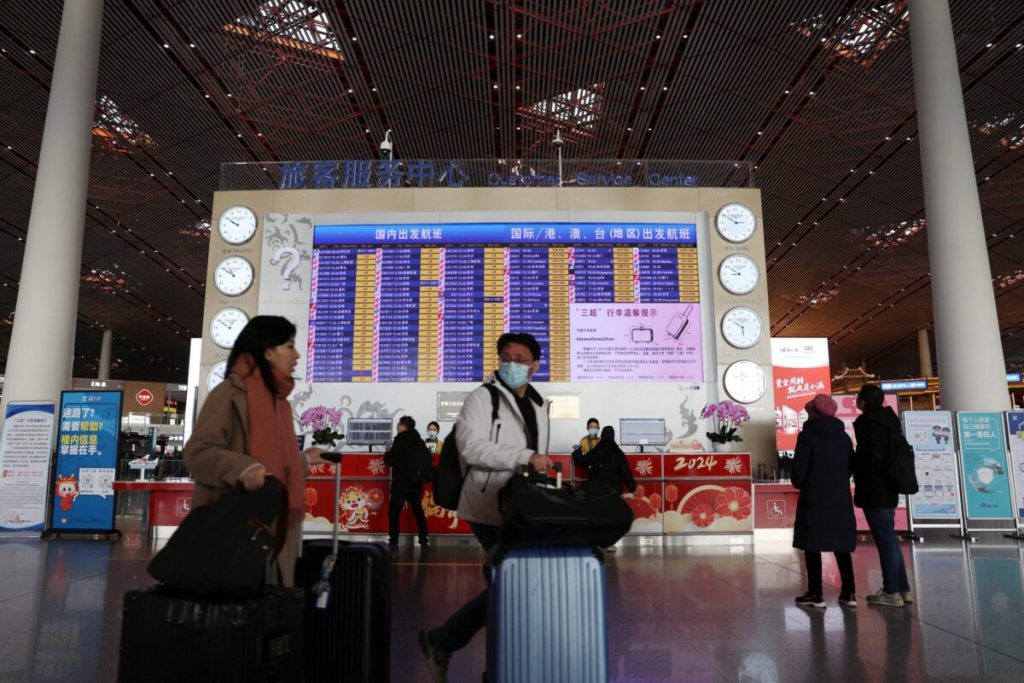Chinese travelers are crucial in shaping the tourism industry, as their preferences dictate the types of offerings and experiences that stakeholders need to provide. During the upcoming May Day holiday, also known as Golden Week, destinations in the Middle East are gaining popularity among Chinese travelers. Despite overall outbound travel from China being down 13% compared to 2019, travel to the United Arab Emirates (UAE) has increased by 66% and Turkey has seen a significant growth of 56%. This surge in travel is attributed to a 75% expansion in seat capacity from Africa and the Middle East in the second quarter.
In the Middle East, Chinese outbound travel had already reached pre-pandemic levels during the Chinese New Year period in February, showing a strong recovery in the region. Travel peaks are expected around April 27 and May 1, resembling travel patterns from before the pandemic. Malaysia has emerged as the top-performing destination for Chinese travelers in the Asian region, with flight bookings 42% ahead of 2019 levels. The ease of visa policies and streamlined procedures for destinations like Malaysia, Singapore, and South Korea are contributing to the expected increase in travel to these destinations in May.
Chinese travelers are beginning to shift away from group travel, with a decline of 53% in group travelers compared to 2019 levels. Solo travelers are showing a strong interest in exploring Asian destinations, with a 9% increase. Preference for independent travel, semi-self-guided travel, and small boutique groups of 6-10 people is on the rise among Chinese tourists, highlighting a desire for flexibility and convenience. Additionally, Chinese travelers are prioritizing relaxation and comfort in their trips, especially amid economic challenges in China.
A value-oriented approach to travel planning is becoming more prevalent among Chinese travelers, as they carefully consider their spending to maximize value while opting for affordable travel options. The economic downturn and challenges posed by the Covid-19 pandemic have led to a shift in travel priorities for Chinese travelers. While most travelers allocate less than 20% of their income for travel, budgets for upcoming trips typically range from RMB10,000 to RMB30,000. Although shopping remains an integral part of outbound travel for Chinese travelers, with over two-thirds spending at least RMB2,000 per trip, there is an emphasis on maximizing value and seeking affordable options.
Overall, Chinese travelers are seeking relaxation, comfort, and budget-friendly options in their trips. The surge in travel to the Middle East and emerging popularity of destinations like Malaysia among Chinese travelers demonstrate the changing preferences and behaviors in the Chinese outbound travel market. Stakeholders in the tourism industry need to understand these preferences and tailor their offerings to meet the evolving needs of Chinese travelers. By providing value-oriented options, convenience, and flexibility, destinations can attract more Chinese tourists and cater to their changing travel preferences.


